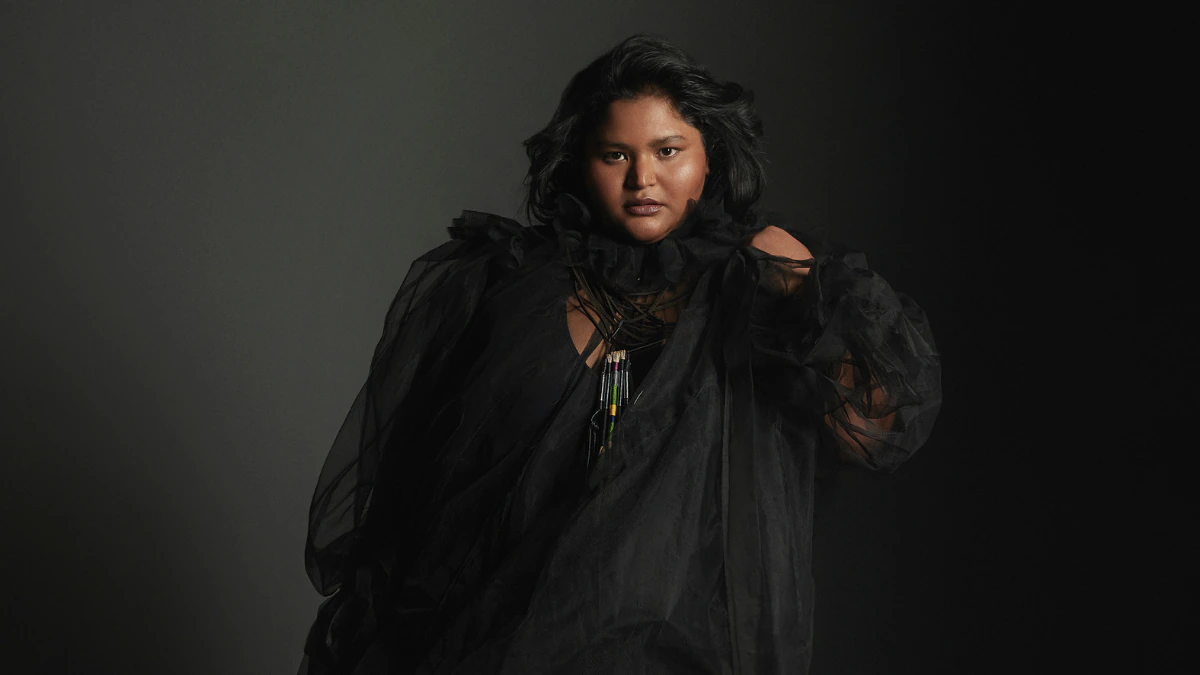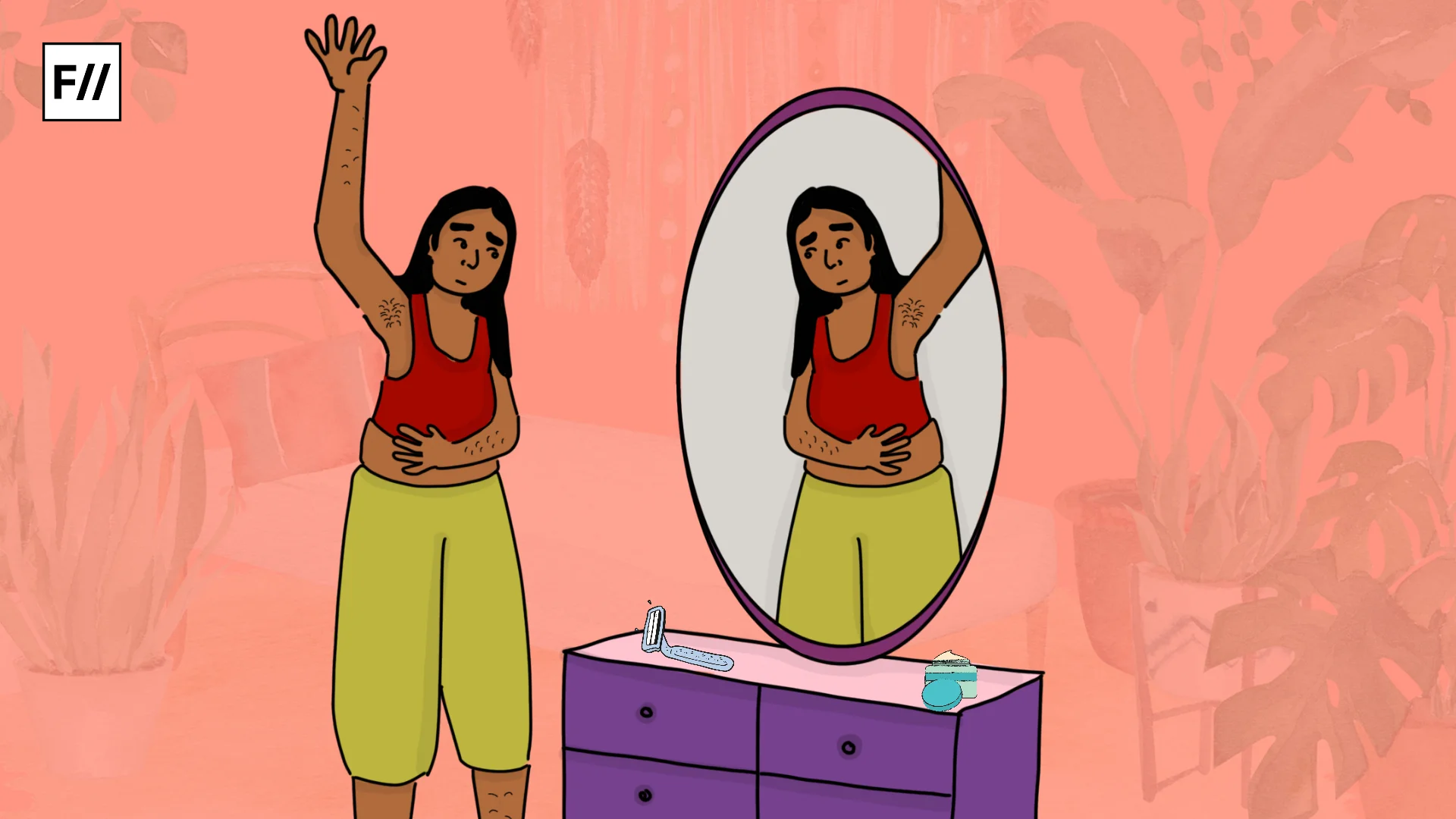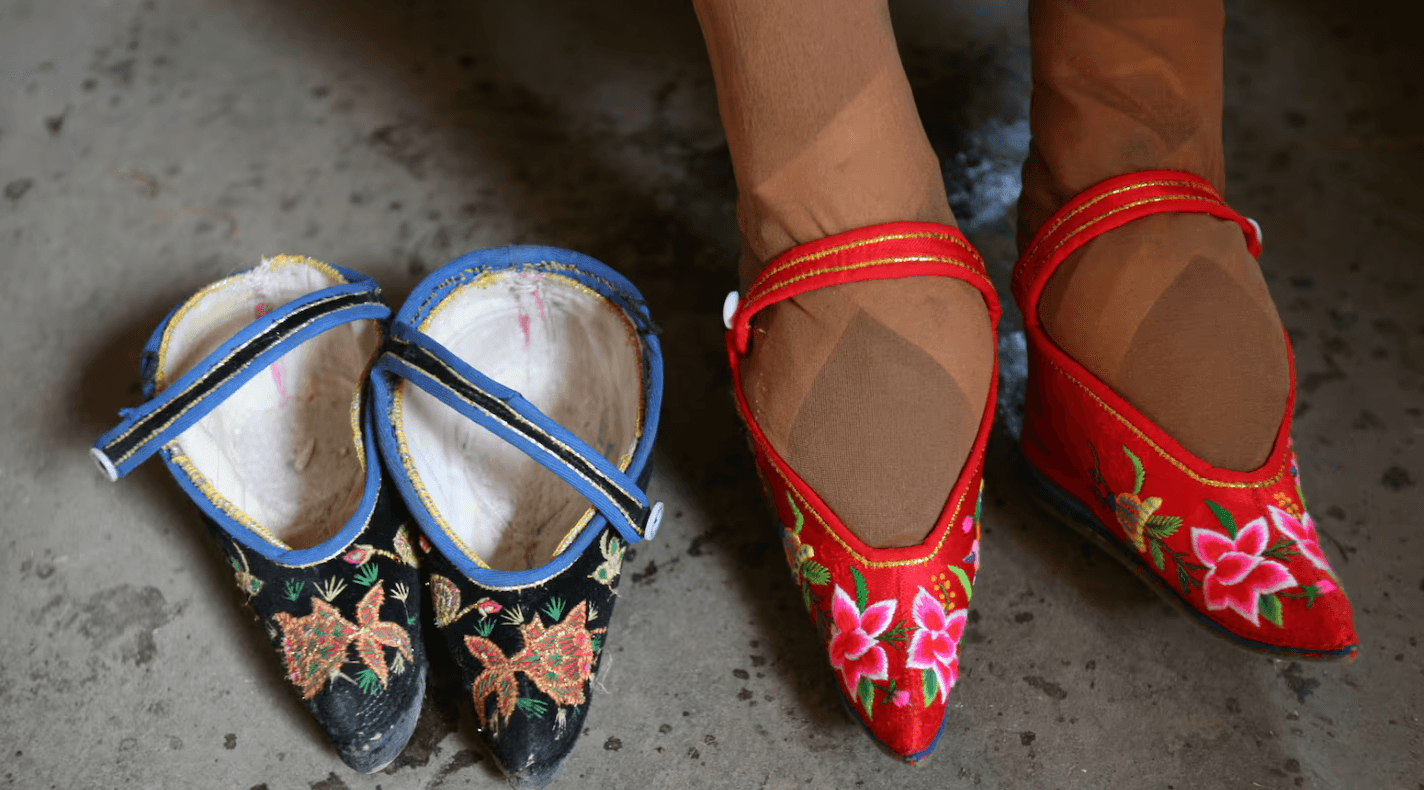Tattoos can be a lot of things. Conceived at a myriad varieties of time. You went to college in an another state and wanted to celebrate moving away from an abusive father? You got a tattoo, with a knife through the sketch of a small house that eerily resembled yours. Your neighbour on the other hand that you met only over semester break, turns out she is now happily tattooed too – only with a random print of her initials, a design much resembling her carefree self. She and you have had completely different lives, and emotional states through them. What was now unifying you? Yep, those ink stamps on your necks. Or rears.
In the modern day, though still stigmatised, tattoos have come to resemble some form of physical autonomy for individuals—people from all walks of life finding an equal platform through a design of their own choice. Equality? #SMH. Of course society had to go and ‘forbid’ it. Tattoos may be a form of art that a segment of the young generation is rapidly lapping up, but there are important spaces where they are still a taboo. Job interviews, homes of parents or in-laws, and gated communities are but few examples of places where sporting a tattoo on the sleeve will earn you side-eyes, and judgment that you had never asked for.
job interviews, homes of parents or in-laws, and gated communities are but few examples of places where sporting a tattoo on the sleeve will earn you side-eyes, and judgment that you had never asked for.
Tattoos are means of personal expression and freedom, as much as poetry and painted art, perhaps more so as the wearer chooses to put them on their own body, sometimes permanently. When society thinks less of her for showing to the world an important part of how she sees herself, society is basically telling her that she cannot be the way she wants to be – much like the message of homophobia, casteism and misogyny. Suddenly, this censorship takes on a more sinister form, does it not?
As in every other sphere of existence, females have it worse than males. There is a specific brand of women’s tattoos labelled “tramp stamps”, with the obvious connotations. Tattoos on women across the world signal her increased availability for sex, without her having mentioned anything at all. Creeps will brand her as being “more open to taking risks”, which in a certain form of mind will translate to “shall let me get away with raping her” – poor woman, she might just have liked her lower back enough to put a design of painted flowers on there. Seen this way, the negative associations of tattoos suddenly become means for appropriation of consent.
Of the various locations where these tattoos may be exposed, on the beach, by a foreign female tourist, is a very viable one – and can you imagine what happens to a girl, in a foreign land, who suddenly finds herself chased by a frightening stranger whose only contact point with her is some sick fascination with ink on her body? Now you might be thinking – I was reading a random internet article, when did it turn into an episode of America’s Most Wanted? Surely it must be all in my mind, you’ll think – so much ado over a tattoo? To that, dear Jane Doe, I must answer: nope. It’s not happening in my head, it’s real. Check this out.
As in every other sphere of existence, females have it worse than males. There is a specific brand of women’s tattoos labelled “tramp stamps”, with the obvious connotations. Tattoos on women across the world signal her increased availability for sex, without her having mentioned anything at all
Most of the women on the site above have tattoos that are small symbols of the struggles that shaped their lives, as you would expect some permanent bodily alteration, a painful one at that too, to be. Tattoos are still found more on the non-conventionally employed (as tattoos in formal workplaces have huge negative points) or the mentally drowning than on the average population. These people, either under socio-economic degradation by comparison to white-collar workers, or fighting their own minds on a daily basis, are already living far worse lives than the conventional, healthy employee or student. They have limited bubbles to share their story in, part from engraving it on their bodies battered by a suffering mind. If we deny them even that, how can we expect them to forgive us? Or if they are a loved one, to be happy?
The history of tattoos is rather straightforward. They have, in most cases historically, been used as a mark of shame, of the outlaw. This can have two interpretations for those who want the art form to be free of negative connotations today. One, the times, they are a changing, though not nearly as fast as we’d like them to be. But they are. And in a world where minorities are slowly beginning to be less afraid and demand respect and kindness, this arbitrary ‘branding’ by an ‘elite’ must go. We-those-see should be up in arms against it – you made the forced-tattoo wielder the criminal then, your whim is no longer powerful enough to make a tattoo-chooser a butt of ridicule now. We must project this message to any oppressor loud and clear.
Two, if you still choose to brand me-the-tatted as stigma-bearing, dear someone-that-will-not-see, I will take my badge of shame and wear it as armour. In the footsteps of our Finnish hat-brandishing sisterhood, my oppressed kin and I will flaunt our symbols meant for shame with pride. We chose them only because we had the charisma to carry them. Tattoo-ism should be a word, and has the potential to unite intersectional campaigners with a new, sexy kind of stamina – you say we are the outcasts, but we’ll fight to show you how we emerge the better.
Minorities unite!
Featured Image Source: Romper
About the author(s)
MBA student at IIM Kozhikode(2020-22).




